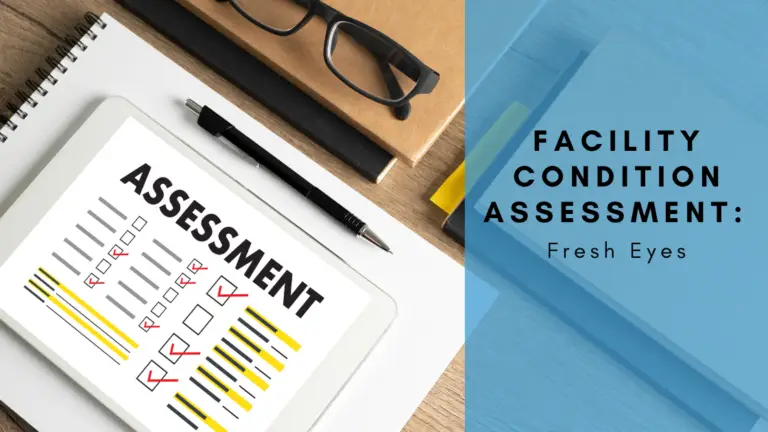How many of us wait to address an issue until there is visible proof of a problem? If I could guess, I would assume most of us. Sometimes we pretend we don’t see an issue to save money refuse to be hassled by the problem, or have a “if it ain’t broke, don’t fix it” mentality.
The consequences of neglecting maintenance items may not always be evident at first. However, postponing repairs could cost you more than a quick repair could. This is called deferred maintenance (or carelessness), and it is the opposite of preventative maintenance.
Preventative Maintenance Over Corrective Maintenance
As mentioned above, once the signs of deterioration become visible, the repair costs will likely be far greater than the cost of preventive maintenance had it not been deferred in favor of short-term savings. Let me give you a real-life example:
Exterior caulking windows, valleys, step flashing, and the like should be redone about every year. A tube of good quality caulk will cost about $3-$5 per tube. To re-caulk a 20,000-square-foot facility, you might need 10-15 tubes, and it might take a person 8-16 hours maximum to perform this work. Let’s say that person is compensated at $20/hour. Therefore, the total cost of this work may only be, on the high end, around $365-$400.
I know a church that did not practice preventative maintenance; within a matter of 10 years, it had to replace most of its windows and sills due to rot and had to make other repairs in the space due to decay and mold. The corrective maintenance cost was more than $20,000. This represents a difference of $16,000 that went to corrective maintenance instead of to a ministry initiative. Is that good stewardship?
What Good Stewardship Means
We often believe good stewardship is investing the financial resources we’ve been blessed with into ministry-related initiatives, like people and programs. However, as you read above, this line of thinking can rob a ministry from fulfilling its vision and goal. What if the church in the example above practiced preventative maintenance and saved $16,000? It could have paid for a mission trip, given to an outreach organization, paid an existing debt, or provided scholarships to kids going to summer camps.
While it may feel like there are many ongoing costs to perform preventive maintenance, performing these functions and services is good stewardship of the church’s facilities. It allows the church to fulfill its mission.
Death by HVAC Deferred Maintenance
Don’t quite believe me yet? Let me give you another example that explores one of the most expensive systems in your building, and one that can save you the most significant amount in life cycle cost and operational savings: the heating, ventilation, and air conditioning (HVAC) system:
“I haven’t spent any money on preventive maintenance for over two years.” This building owner was very proud of this. So, the service rep for his HVAC system asked if they could tour the roof to do a cursory inspection of the units. After opening the service door of the 10-ton unit, they discovered the filter had never been changed. It was so filthy that it looked like a “shag rug.” After removing the filter, the service rep found a thick layer of filth on the coil. With these two layers of dust and dirt, there was virtually no air flowing through the unit.
So, why does air flow matter? Let’s say you are getting ready to drive your car on a 90-degree day, and you place a piece of cardboard in front of your radiator. What do you think would happen to your engine? It would overheat. The same thing applies to your HVAC unit. In this case, they replaced the filter and cleaned the coils, but the HVAC unit was so badly worn that it still failed one month later.
The service rep told me the preventive maintenance cost would have been $500-750 per year or $1,000-$1,500 for the two years. Instead, the owner paid about $15,000 to replace a two-year-old unit. Yikes.
Stewardship Trumps Carelessness
Here’s the point I am trying to get at: stewardship trumps carelessness every time! If you are unsure where to start with preventative maintenance, reach out to our team. We would be happy to help and save you thousands of dollars.








